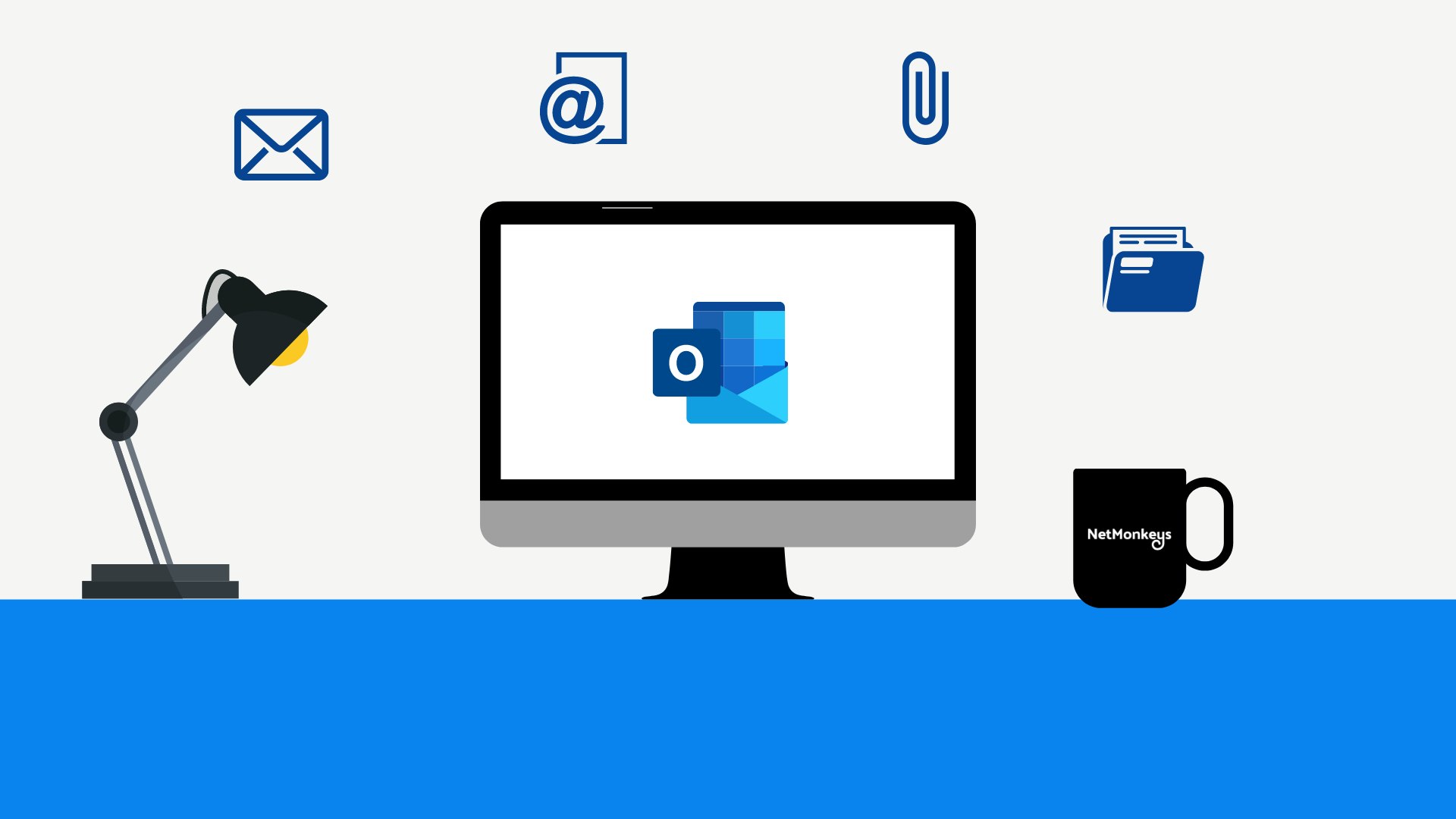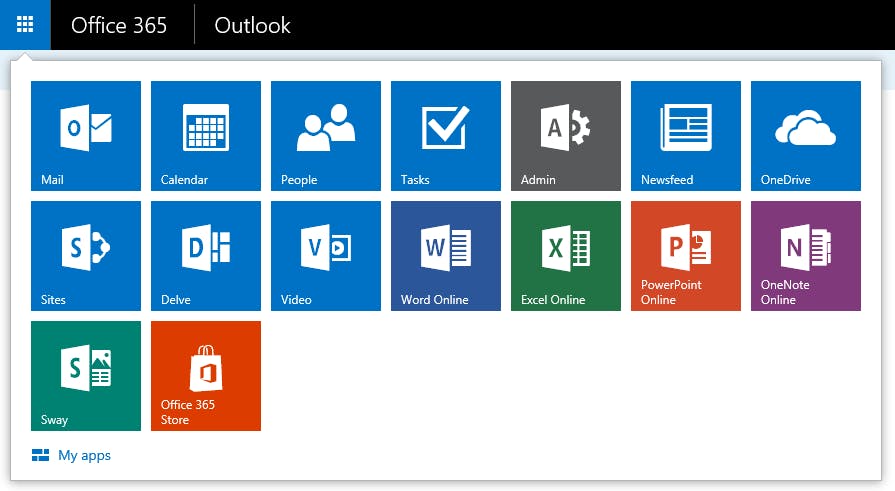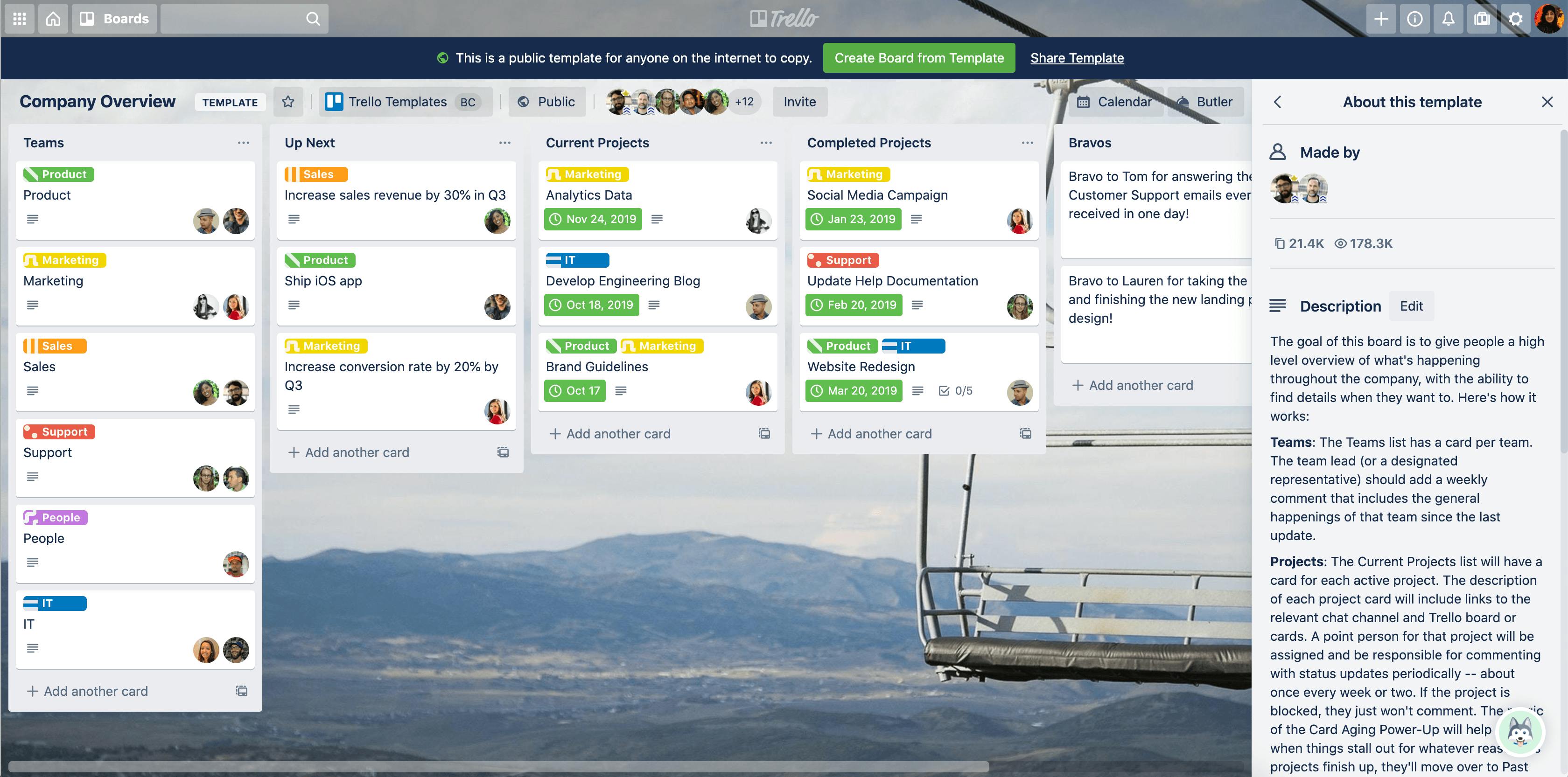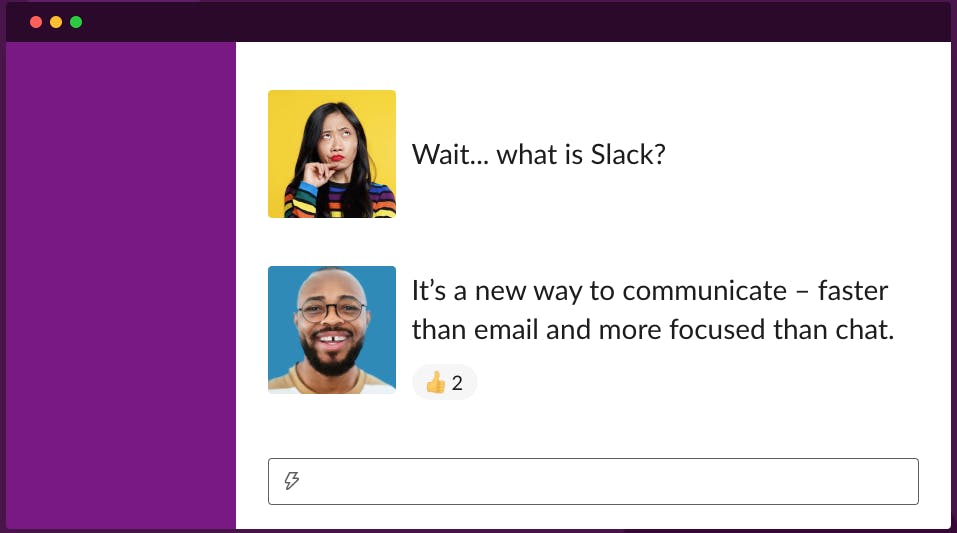NetMonkeys Insights: Email Overload, What Can We Do To Reduce It?

Since 2005 you could say our daily email habits have increased in intensity. Back in the early 00's, we were sending less than 50 emails a day. Now, we're topping 126 emails daily, checking our mailboxes every 6 minutes on average - Which makes the term 'keyboard warrior' take on a whole new meaning...
What are our options to ensure we increase productivity or simply make sure we don't feel the inevitable email stress or anxiety? Sure, we have lots of tools at our disposal but isn't that the issue too?
At NetMonkeys we are focusing on adopting tools to support and enhance our processes and communication across the business with suppliers and customers firmly part of that thought process. It's our responsibility to ensure we give our team the time to produce their best work and not be consistently fighting the tsunami of emails or communication that is frequently flying around the digital highway.
There are ways to take communication off-line too. Daily huddles for agile project delivery or specific department stand-ups (which are all virtual these days) mean that we reduce the level of communication required on our digital channels. Whilst that's useful, what are the worlds top software manufacturers doing to speed up the consumption and delivery of our email moving forward? Because a life without email is unthinkable isn't it?
What is Microsoft doing to speed up emails?
Last year, Microsoft released several features for their Outlook Web App (available in office 365), which is typically used by those who are working remotely or on an alternative device. The question is, have the advancements made the Outlook web app more efficient than the local version that we've all been using for many years?
Outlook Web App Features

The Pros
1. Predictive Text
This feature is exactly as it sounds. Similar to predictive text on mobile devices, the predictive text allows you to reply to emails in a super quick fashion, and who wouldn't want to speed up the pace of sending emails? That's not to say that checking your emails for spelling and grammar is off the cards, as predictive features can rogue from time to time...
2. AI Features
To speed things up, the AI Features mean that attachments for emails are suggested for you, as well as improvements of meeting prompts that can suggest 'prereading' based on the attendees and the subject line. Another great feature is if you are talking about a meeting or setting one up for the future, Outlook will ask if you want to set up a meeting which will be a handy tool for keeping things moving and reminding you to book it in! A feature we really like is 'quick reply', meaning if you need to confirm that you have received the email it's only a single click and you're done!
3. Automatic Integration
Automatic integration with the wider data platform from Microsoft including MS Todo, lists, and OneDrive are just three we use daily, and Outlook helps us use all of them more seamlessly than with local Outlook.
The Cons
1. Outlook Web App doesn't work offline.
It seems blatantly obvious, but an issue with the Outlook Web App is that it doesn't work offline, whereas the local Outlook that we are all familiar with does. Although we assume that connection to the internet is a given these days, we know that unforeseen connection drop outs can happen. Having the ability to be able to work whilst offline is a really valuable feature and we don't take that for granted.
2. Local Outlook Integrates with plenty of Apps.
Some browsers are just not friendly with Outlook web app, but it's not all doom and gloom as we did find Microsoft Edge and Chrome to work the best with the Outlook Web App. The local Outlook integrates with plenty of apps such as Salesforce for CRM data tracing and thats a big positive over the web app version.
3. It's just not local Outlook
It's not local Outlook, let's face it, we just like the local 'solid' feel of Outlook and the web app looks more basic - here's a list of feature comparisons to consider to check if making the switch is worth it for you. https://support.microsoft.com/en-us/office/compare-outlook-for-pc-outlook-on-the-web-and-outlook-for-ios-android-b26a7bf5-0ac7-48ba-97af-984e0645dde5.
What are other useful productivity tools?
We've looked at what Microsoft is doing to speed up the 'workability' of email but what others should we be looking at?
Microsoft Teams
Teams is quickly becoming the core focus for Microsoft, at least for integration and the enablement of employee efficiencies. If you have a non-Microsoft App, it's likely it now integrates with Teams and that results in a centre area for you and your teams to navigate data in one place. The idea of sharing a sales@ email is long gone, it's in a channel these days, right?
Microsoft Viva
Microsoft's new Viva app is strategically placed as an alternative Employee Engagement platform that is built in Teams. As much as that could be a coincidence, could be yet another nod from Microsoft that Teams is becoming the communication central moving forward.
Trello

Trello is a project management software whose boards, lists, and cards enable you to organize and prioritize your projects. Again, like many others, Trello integrates with Teams where you can see your Trello assignments, tasks, and notifications and have conversations about them — without leaving Teams. A fun way to bring together project management and project collaboration.
Slack

App's like Slack recognise the increasing need to deal with unstructured digital chatter, so much so it's the first thing you see on their homepage. Slack is in competition with Teams and has been a go-to for development or project teams for a while now. If your data is held in Microsoft's ecosystem, Slack might not be for you. Otherwise, it's a worthwhile option to help reduce those long tiresome hours of email scrolling...
Related posts
Visit blog
Navigating the ERP Journey: The Essential Guide to Implementation and Cost in the UK (2025)
Choosing the right business management software is a high-stakes strategic decision, and the Microsoft Dynamics ecosystem frequently emerges at the forefront of the conversation.

Decoding Microsoft Dynamics: What is the Fundamental Difference Between Dynamics 365 and Business Central?
Choosing the right business management software is a high-stakes strategic decision, and the Microsoft Dynamics ecosystem frequently emerges at the forefront of the conversation.

